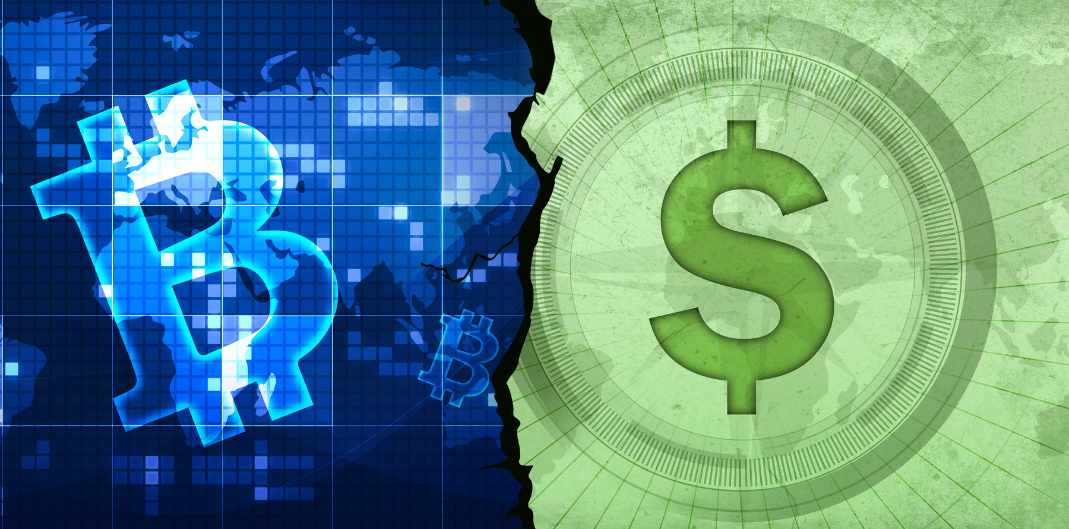- Reading time: 4 mins 28 secs
Just as any business starts with the aim of providing value to someone, hopefully at a profit to that business, so it is with cryptocurrencies when Bitcoin appeared on the scene in 2010 as a revolutionary new paperless way of making peer-to-peer payments that cut out the “middle man.”
Neither was launched specifically with the aim of attracting investors, let alone being “traded” as an investment asset.
The earliest form of stock trading began in the late 1500s and the first paper shares were issued by the East India Dock company in 1602.
The assets traded on the stock market is worth in total some $500 trillion+ (approximately).
The crypto market reached a $3 trillion high in 2021.
That might be a pygmy amount compared to the stock market, but when you consider the crypto market is just 12 years old, well, it’s no mean feat to have hit a market cap of that size so quickly.
NGRAVE.io has produced some very interesting analyses of the crypto market compared to other assets.
Among its findings in January this year:
The world’s real estate market is worth a staggering $340 trillion(tn) (give or take) with 10% of that taken up by commercial real estate ($34tn) compared to the cryptocurrency market cap of $2.35 trillion.
The global equity market is next highest at $122tn to the cryptocurrency market cap, though crypto is not a million miles away from the U.S. equity market ($50tn), or the E.U. equities market ($14tn).
Gold has a market cap of $11.4 trillion, making it around 5x the size of the cryptocurrency market – though crypto outperforms silver ($1.28tn).
But then it gets very interesting when comparing the crypto market with the world’s top stocks (Apple : $2.98tn, Microsoft : $2.51tn, and Alphabet : $2tn).
Not only is the global crypto market close in valuation to the world’s biggest tech giants, but its most successful asset — bitcoin — reached a $1 trillion market cap in 2021 much faster than those entities.
In fact, it took half as much time (12 years) as Amazon (24 years) to reach the milestone.
It’s also worth noting that the second biggest cryptocurrency Ethereum, has a larger market cap than Samsung, LVMH, Walmart and Procter & Gamble.
It is clear from those stats that as markets, both have significant worth and given crypto’s relative infancy, it is clear the crypto market is here to stay.
So, with that being said, there are key differences between the crypto market and the stock market as markets.
1.
The main difference is fairly obvious if you know anything about stocks and digital currencies – and that is precisely it, stocks are from the physical world whereas cryptos exist solely in the virtual digital world.
In addition, when you own stock in a company you in effect own a “share” of that company.
When you purchase crypto you just own that digital coin or token and do not have a share of the company that issued the crypto.
2.
Another big difference concerns regulation. As mentioned in the intro, the stock market is more than 500 years old. In that time, as it evolved into the London Stock Exchange and then New York Stock Exchange in the late 1700s, regulations became stricter and more advanced.
The great attraction of cryptos is the very fact that the blockchain that crypto exists on are not subject to regulation. It’s about decentralising control, and being free from authority and the mainstream system.
Since its launch back in 2010, Bitcoin, cryptos and blockchain had been dismissed by the big financial institutions and government as a fad or dangerous – however, in the past year, with 6000 different coins/tokens on the market, that is changing and changing fast as the mainstream start to get involved and start imposing regulations and laws.
3.
Market movements are another big differentiator between the stocks and crypto arenas. Volatility is the word used among analysts to describe fluctuations in the markets.
Basically, the stock market generally has low volatility making it pretty stable day-to-day, whereas the crypto market is highly volatile and a coin can drop or rise in price dramatically in just a few hours.
4.
Linked to regulation, is market trading times with another principal difference between stocks and cryptos being when their markets operate.
The stock market is subject to a “working business day” and actually closes every day and never opens at the weekend. Whereas the crypto market “never sleeps” and is open 24 hours a day wherever you are in the world.
This in fact accounts for the volatility mentioned above. With no time-of-opening constraints, the crypto market is always alive and on the move in the digital realm when the physical trading floors are quiet and empty.
It means anyone can invest and trade in cryptos. You do not have to wait until your broker is awake and trading for you.
This also accounts for why trading in cryptos is more popular with the younger generation who have embraced the technology much more readily than the more conservative trader who may not trust it or even understand it.
5.
When investing and trading on the stock exchange and crypto market, there is one common denominator – fees.
However, there is a big difference in the size and extent of these fees.
When you trade on the stock exchange you can expect to pay a mixed range of fees depending on who you are trading with and their rates.
For instance, brokers charge a fee or commission, banks will charge you to make payments and capital gains are taxed.
With cryptos, fees have always been low and still are. This is down to the fact that trading on crypto exchanges incurs relatively fewer costs as a lot of it is automated.
The same goes for blockchain costs and exchanges themselves thus incur when buying and selling cryptocurrencies.
Conclusion
It would be fair to say that in 2022, both the stock market and crypto market have equal appeal to investors and traders as both possess high asset value and potential for significant returns.
Despite this, both markets have intrinsic differences which might determine where you will take your investments… or maybe you will see the value of both markets and make the best of both worlds.
After all, diversification is the key to any investor’s life.



